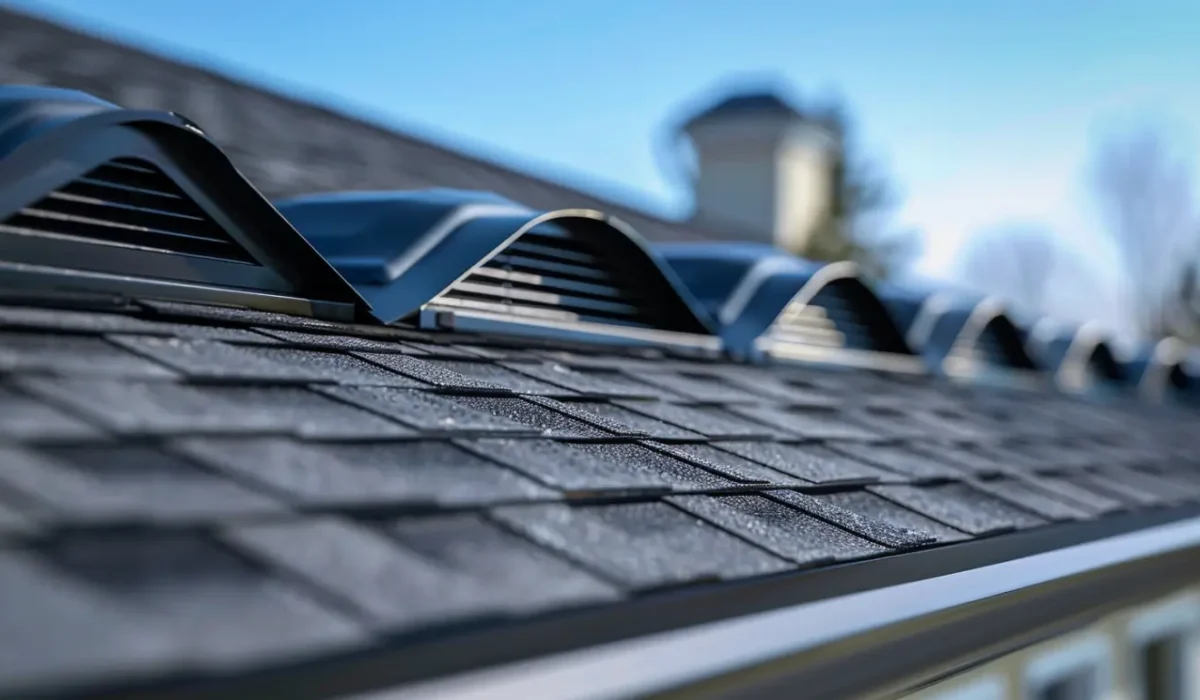Have you thought about how the air in your attic impacts the rest of your house? Roof ventilation is key for a healthy home. It affects home comfort and energy efficiency. In Keller, TX, the heat can be strong. So, a roof with good ventilation helps keep indoor temperatures steady. It takes some pressure off your HVAC system and helps protect your house. At KangaRoof, a trusted roofing company since 1992, we specialize in ensuring your roof and its ventilation function optimally. Our experienced team is dedicated to providing quality service and solutions tailored to meet your specific needs, ensuring your home remains comfortable and efficient year-round.
Understanding Roof Ventilation and Its Importance in TX Homes
Effective roof ventilation is essential for maintaining a comfortable and efficient home environment, particularly in the Texas climate. With significant heat during the summer months, an efficient system can help regulate indoor temperatures by promoting a continuous flow of air. This not only aids in reducing energy consumption but also prevents moisture buildup that can lead to mildew growth and structural damage. Understanding the importance of roof ventilation ultimately ensures a healthier living environment and improves the lifespan of roofing materials.
Contact Us
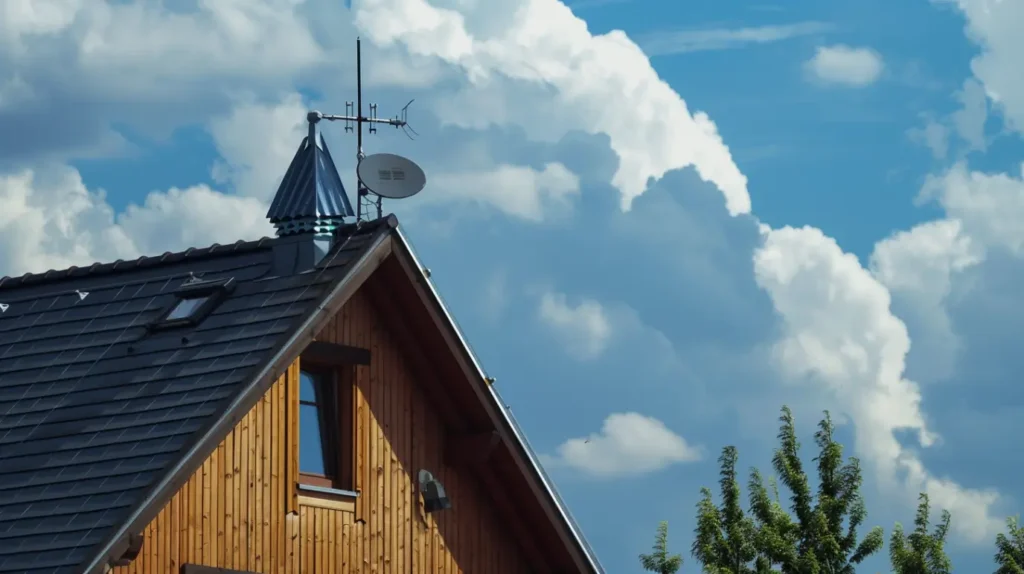
What Is Roof Ventilation and How Does It Work?
Roof ventilation involves the intentional movement of air through a home’s attic space to regulate temperature and moisture levels. It works by allowing hot, humid air to escape while drawing in cooler, drier air, thus maintaining a comfortable and efficient living environment.
Why Roof Ventilation Matters for Home Comfort
Effective ventilation plays a crucial role in maintaining a comfortable living environment. By facilitating proper airflow, roof systems help regulate indoor temperatures, reducing reliance on HVAC systems and ultimately lowering utility bills. This process mitigates the heat buildup during hot months and reduces moisture levels that can lead to mildew growth and mold issues. Moreover, ensuring consistent air circulation promotes better indoor air quality, which is essential for health and well-being, making roof ventilation vital for overall home comfort.
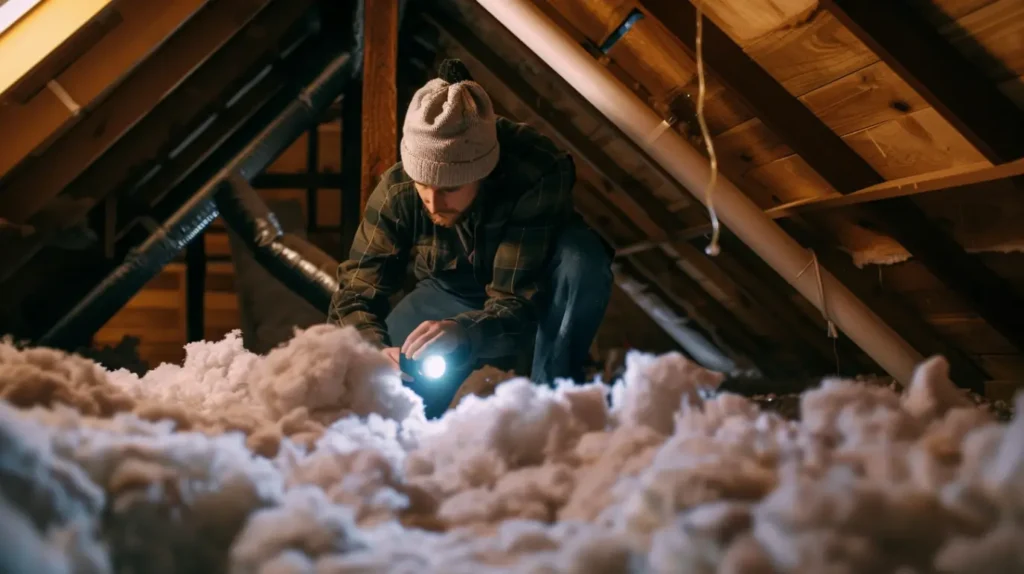
Key Benefits of Proper Roof Ventilation
Effective roof ventilation plays a crucial role in maintaining your home’s energy efficiency, directly impacting indoor temperatures throughout the year. With a continuous flow of air, an efficient system prevents temperature extremes, reducing energy consumption and lowering utility bills.
Additionally, proper ventilation mitigates the risk of moisture buildup, which can lead to costly repairs from mold growth and structural damage. By ensuring optimal indoor air quality, homeowners can enjoy a healthier living environment and extend the lifespan of roofing materials through effective air circulation.
Enhancing Energy Efficiency and Lowering Utility Bills
Proper roof ventilation significantly enhances a home’s energy efficiency by ensuring a continuous flow of air, which regulates indoor temperatures. This effective system reduces heat buildup during the summer months and allows warmer air to escape in colder months, thus lessening the strain on your HVAC system. As a result, homeowners can experience lower utility bills and reduced energy consumption, while also minimizing health risks related to poor indoor air quality and excess moisture. Proper ventilation safeguards the structural integrity of your roof, preventing costly repairs.
Preventing Moisture Buildup, Mold, and Structural Damage
Effective ventilation plays a crucial role in preventing moisture buildup and its associated issues, such as mold growth and structural damage. By facilitating proper airflow, roofs equipped with efficient systems help regulate humidity levels in the attic space. This continuous flow of air prevents excess moisture from settling within roofing materials, which could otherwise lead to costly repairs and health risks. Moreover, maintaining indoor air quality contributes to a comfortable living environment, essential for overall home comfort and longevity.
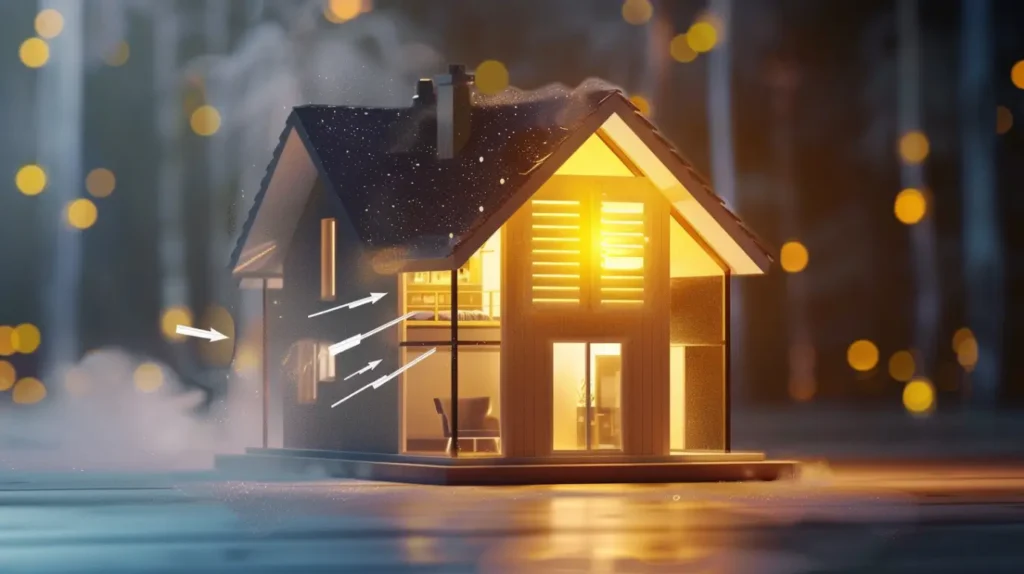
The Impact of Roof Ventilation on Roof Longevity
Did you know that effective ventilation helps your roof last longer? Heat and moisture often get trapped, which are not good for your roofing materials. Over time, they make your roof old faster. This can hurt the structural integrity of your roof. It may even cause the roof to fail early.
A roof with good ventilation fights these problems. It keeps the attic more dry and at a stable temperature. When you have this, it helps your shingles and other parts last longer. So, you protect your roof and keep your investment safe for many years.
Reducing Premature Aging of Roofing Materials
Effective ventilation plays a crucial role in prolonging the lifespan of roofing materials. By facilitating the continuous flow of air, it mitigates heat buildup, preventing the adverse effects of excess moisture and humidity levels that can compromise the structural integrity of the roof. Such proper airflow reduces the risks of costly repairs and enhances the overall efficiency of a home’s energy consumption. Consequently, maintaining an efficient ventilation system is essential for minimizing premature aging while ensuring a comfortable living environment.
Extending the Lifespan of Your Roof with Adequate Ventilation
Adequate ventilation plays a crucial role in maintaining the structural integrity and longevity of your roof. By facilitating a continuous flow of air, it helps regulate temperatures in the attic space, preventing heat buildup during the summer months and reducing the formation of ice dams in colder months. Proper airflow mitigates moisture buildup, inhibiting mold growth and minimizing the risk of costly repairs. Ultimately, investing in the right system is essential to extend the lifespan of your roofing materials while preserving home comfort.
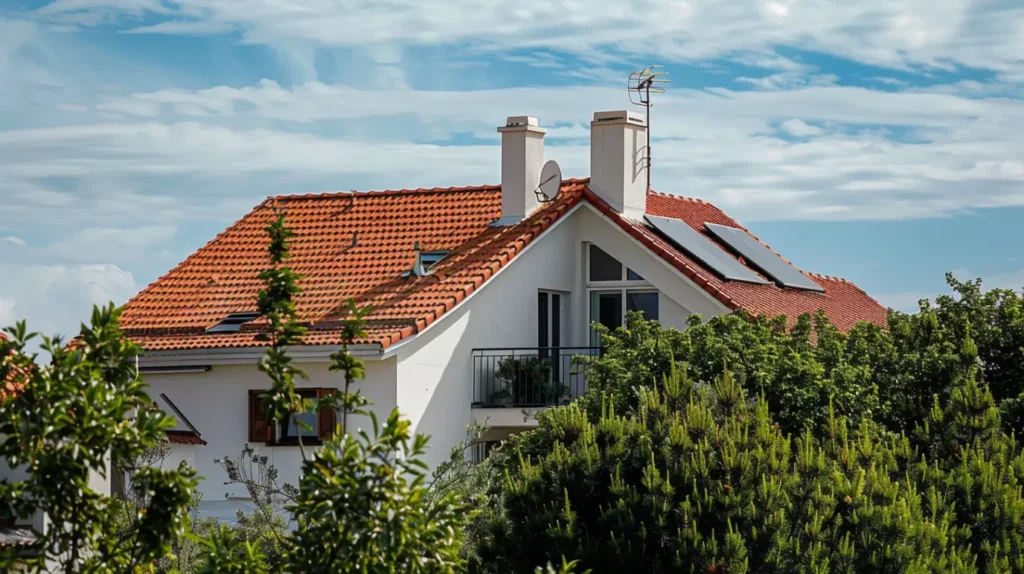
Main Types of Roof Ventilation Systems for Homes
There are many ventilation systems to pick from. The best one for your home will depend on its design and what you need. Each system uses both intake vents to bring in fresh air, and exhaust vents to push out stale or hot air.
To have proper ventilation, you must pick the right kind and number of vents. These systems fall into two main groups: passive or active. Both use a different way to help air move. When you know about these choices, you can make a good choice for your home.
Passive Systems: Ridge, Soffit, and Gable Vents
Passive systems, such as ridge, soffit, and gable vents, play a crucial role in maintaining an efficient roof ventilation setup. Ridge vents facilitate a continuous flow of air, allowing warm air to escape, while soffit vents introduce cooler air into the attic space. Gable vents further enhance air circulation and improve the indoor environment by reducing humidity levels and preventing moisture buildup. Together, these vents create an effective ventilation strategy that balances indoor temperatures, promotes air movement, and supports the structural integrity of your roof.
Active Solutions: Turbine and Powered Vents
Turbine and powered vents represent two dynamic active solutions for enhancing roof ventilation. Turbine vents utilize wind energy to create a continuous flow of air, effectively expelling warm, humid air from the attic space. In contrast, powered vents rely on electricity to actively remove excess moisture and heat, particularly beneficial during warmer months. Both systems improve indoor air quality, reduce humidity levels, and support the overall energy efficiency of a home, making them valuable additions to any effective ventilation system.
Conclusion
The significance of roof ventilation in enhancing home comfort and energy efficiency cannot be overstated. A well-implemented ventilation system not only regulates indoor temperatures across seasons but also minimizes humidity levels, preventing moisture buildup and potential health risks. Proper airflow fosters a healthier living environment, reduces energy consumption, and contributes to the longevity of roofing materials. Investing in the right roof ventilation system, ultimately leads to lower utility bills and greater structural integrity, ensuring a safe and comfortable home for years to come.
Frequently Asked Questions
Can proper roof ventilation improve indoor air quality?
Yes, proper roof ventilation plays a crucial role in improving indoor air quality. By allowing fresh air to circulate and reducing humidity levels, it helps eliminate airborne pollutants and allergens, creating a healthier living environment and enhancing overall home comfort.
What is the main purpose of roof ventilation?
The main job of roof ventilation is to help control the heat and dampness in the attic. It lets proper airflow go in and out, so hot air and moisture leave through exhaust vents. This makes your home more energy efficient and also helps keep the structure safe.
What happens if a roof isn’t vented?
Poor ventilation makes moisture buildup worse. This can bring mold growth and cause structural damage in your home. It can also keep heat trapped, which leads to early roof aging. Your hvac system will have to work harder, making energy bills go up.
Read our blog: Grapevine Roofing Challenges: What Makes the Region Unique
